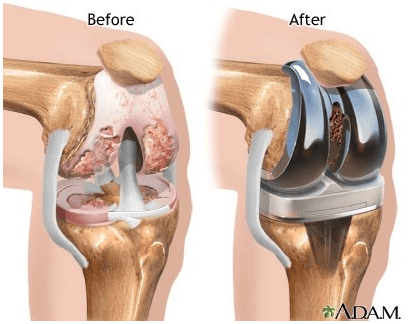Before leaving the room of a confused client, the nurse notes that a half-bow knot was used to attach the client's wrist restraints to the movable portion of the client's bed frame. What action should the nurse take before leaving the room?
Tie the knot with a double turn or square knot.
Ensure that the restraints are snug against the client's wrists.
Move the ties so the restraints are secured to the side rails.
Ensure that the knot can be quickly released.
The Correct Answer is D
Choice A: A double turn or square knot is not recommended because it is not a quick-release knot, which is necessary for patient safety in case of an emergency
Choice B: While restraints need to be secure, they should not be snug against the client's wrists. There should be enough space to fit two fingers between the restraint and the wrist to prevent circulation issues.
Choice C: Ties should not be secured to side rails as this can cause injury if the rails are moved. Instead, they should be attached to the movable part of the bed frame.
Choice D: This is the correct action. A half-bow knot is a type of quick-release knot, which is essential for the safety and quick release of the patient if needed
Nursing Test Bank
Naxlex Comprehensive Predictor Exams
Related Questions
Correct Answer is B
Explanation
A. Offering 10% dextrose via nipple feeding is used for infants who are unable to feed orally or with severe hypoglycemia. This neonate is still within range hence dextrose is not incicated at this point.
B. The infant is jittery with a glucose of 40 mg/dL, which indicates mild symptomatic hypoglycemia. Initiating frequent feedings of breast milk or formula is the first action to stabilize glucose while supporting oral intake.
C. Repeating the heel stick is important for monitoring, but it does not treat the low glucose and is not the first action.
D. Assessing for hypocalcemia may be indicated later, but the priority is addressing hypoglycemia through feeding.
Correct Answer is B
Explanation
This is the observation that indicates that the UAPs need additional information about the turning procedure because it is incorrect and may cause complications for the client. The client who had a hip arthroplasty with prosthesis placement should not keep both legs straight and together while turning because this may cause dislocation of the prosthesis, nerve damage, or bleeding. The client should keep the affected leg slightly abducted and supported with pillows or an abduction device.

Whether you are a student looking to ace your exams or a practicing nurse seeking to enhance your expertise , our nursing education contents will empower you with the confidence and competence to make a difference in the lives of patients and become a respected leader in the healthcare field.
Visit Naxlex, invest in your future and unlock endless possibilities with our unparalleled nursing education contents today
Report Wrong Answer on the Current Question
Do you disagree with the answer? If yes, what is your expected answer? Explain.
Kindly be descriptive with the issue you are facing.
